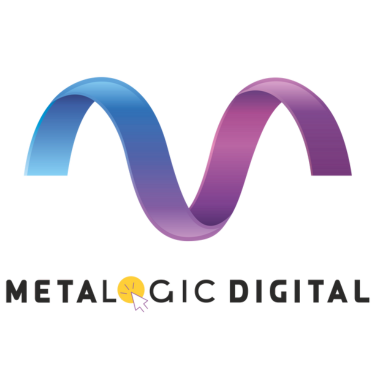1.AI-driven email privatization
2. Hyper-segimentation and predictive analytics
3. Interactive Email Content
4. Dynamic Content and Real-Time Personalization
5. Email deliverability best practices
6. Omnichannel Integration and Email Automation
7. AI and machine learning for send-time optimization
8. Accessibility and Mobile-First Design
9. Enhanced Metrics and Attribution Modeling
10. Privacy-first email marketing
How MetaLogic Digital Helps
Conclusion
Frequently Asked Questions
Frequently asked questions about our business plans.

01
What is the role of AI in email marketing privatization?
AI helps to analyze customer data to send personal emails based on behavior, preferences and history of engagement, which improves relevance and conversions.
02
What are interactive emails and why are they effective?
Interactive emails contain elements such as choices, videos or Hindolas that users can engage directly into the email. They increase engagement and reduce friction in user travel.
03
How do I improve email delivery in 2025?
Maintain a clean list, certify your domain, avoid spammy content, and use double opt-in. Regular testing and sender reputation monitoring also help.
04
Why is mobile-first and accessible design important in emails?
Most users read emails on mobile. Mobile-first, accessible design ensures emails look good and work for everyone, including users with disabilities, boosting reach and engagement.




